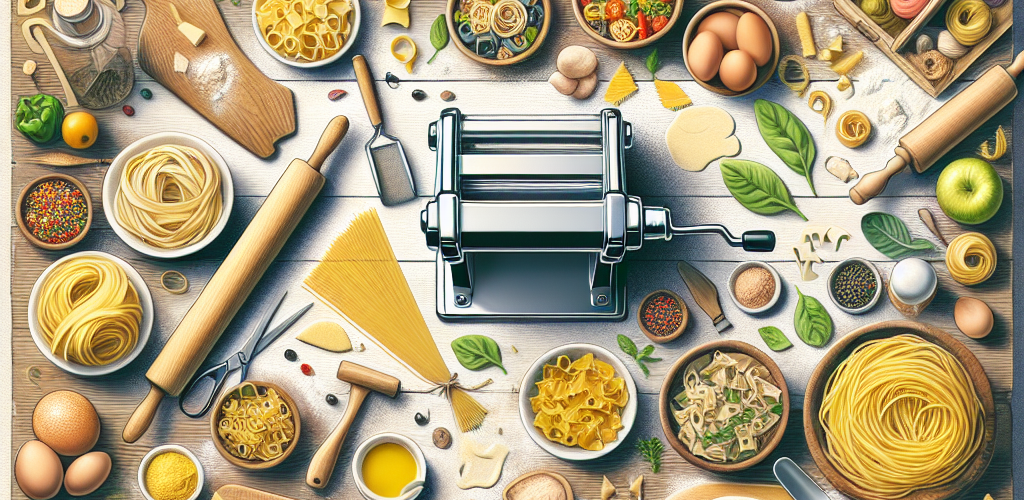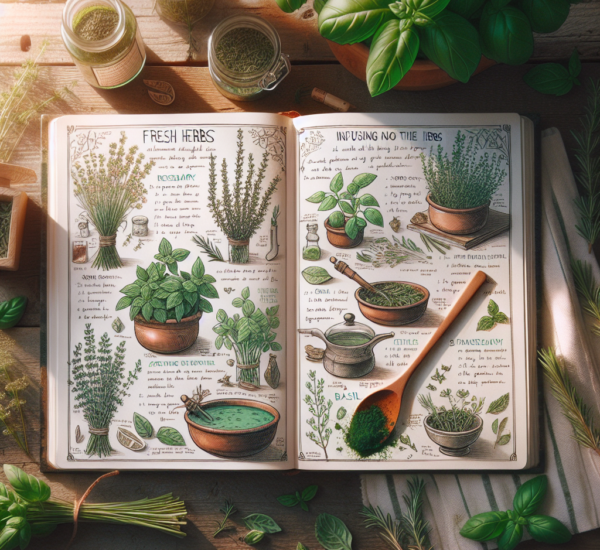Discover the joy of homemade pasta! This easy-to-follow guide will take you from novice to pasta-making pro with tips, techniques, and recipes!
Table of Contents
- Introduction
- Why Make Homemade Pasta?
- Essential Tools for Making Pasta at Home
- Easy Homemade Pasta Recipe
- Tips for Perfect Pasta Each Time
- Troubleshooting Common Issues
- Conclusion
- FAQ
Introduction
Embarking on the culinary adventure of making your own pasta can be both exciting and rewarding. Fresh homemade pasta not only tastes better than store-bought varieties, but it also opens up a world of culinary creativity. Whether you’re creating simple spaghetti or intricate ravioli, the satisfaction of seeing and tasting your own homemade pasta is unbeatable.
Why Make Homemade Pasta?
Homemade pasta is not just about taste. It’s about quality ingredients, control over texture, and of course, the ability to customize flavors. Unlike dried pasta, fresh pasta can be tailored to your dietary needs, whether that’s gluten-free, whole grain, or even vegan.
Additionally, making pasta from scratch can be a meditative experience, easing stress through the rhythmic act of kneading dough and shaping pasta. This culinary art also allows you to bring people together, turning cooking into a shared experience.
Essential Tools for Making Pasta at Home
Before you dive into pasta making, gather the necessary tools to ensure a smooth cooking process. Here’s what you need:
Basic Tools
- Mixing Bowl: For combining your ingredients.
- Wooden Spoon: Useful for initially mixing the dough.
- Rolling Pin: Essential for rolling out the dough.
- Sharp Knife or Pasta Cutter: To cut the pasta into the desired shape.
Advanced Tools
- Pasta Machine: Ideal for evenly rolling out thin pasta sheets.
- Drying Rack: Allows pasta to dry evenly after shaping.
For a comprehensive list of tools, you might want to refer to our complete guide on pasta-making tools.
Easy Homemade Pasta Recipe
Here’s a simple recipe to start your pasta-making journey:
Ingredients
- 2 cups all-purpose flour (plus extra for dusting)
- 3 large eggs
- 1 tablespoon olive oil
- A pinch of salt
Instructions
- Create a Flour Well: Place the flour on a clean surface and make a well in the center. Crack the eggs into the well, add olive oil and salt.
- Mix Dough: Slowly incorporate the flour into the eggs using a fork, until a dough forms.
- Knead the Dough: Knead the dough by hand for about 10 minutes, or until it’s smooth and elastic.
- Rest the Dough: Wrap the dough in plastic and let it rest for at least 30 minutes.
- Roll Out the Dough: Divide the dough into manageable pieces and roll them out using a rolling pin or pasta machine to your desired thickness.
- Shape the Pasta: Cut the rolled dough into your favorite pasta shapes—fettuccine, tagliatelle, or even lasagna sheets.
- Cook the Pasta: Cook the pasta in salted boiling water for about 2-4 minutes. Enjoy with your favorite sauce!
Tips for Perfect Pasta Each Time
- Don’t Overwork: Be gentle with the pasta dough to avoid tough noodles.
- Use Fresh Ingredients: Fresh eggs and flour make all the difference.
- Test Doneness: Always test your pasta during cooking to achieve the perfect al dente texture.
Troubleshooting Common Issues
Even expert cooks encounter pasta-making challenges. Here are solutions to common problems:
Sticky Dough
If your dough is too sticky, gradually add more flour until it feels right.
Dough Won’t Come Together
Should your dough be too dry, lightly wet your hands and continue kneading, or add a teaspoon of water to the mix.
Uneven Pasta
Utilizing a pasta machine can aid in creating uniform sheets and strands of pasta.
Conclusion
Making homemade pasta can transform your cooking experience, rewarding you with meals that are rich in both flavor and satisfaction. By starting with simple tools and following these beginner-friendly tips, you can enjoy fresh pasta at home anytime. Now that you have a solid foundation, experiment with flavors and shapes to suit your culinary preferences.
Ready to roll out your pasta-making skills? Check out more advanced recipes and tips in our advanced pasta techniques guide.
FAQ
What type of flour is best for pasta making?
While all-purpose flour works well, many prefer 00 flour for its fine texture, which makes smooth, silky pasta.
How long can homemade pasta be stored?
Fresh pasta can be refrigerated for up to two days. To keep it longer, you can freeze it for up to two months.
Can I make pasta without a pasta machine?
Absolutely! A rolling pin and a sharp knife are all you need to shape your pasta by hand.




